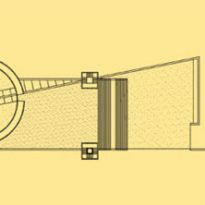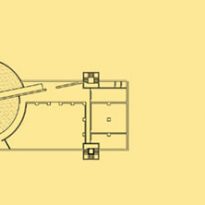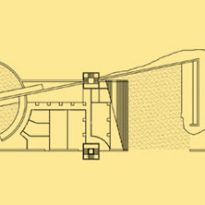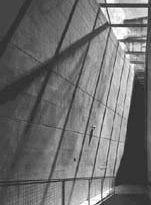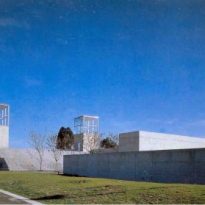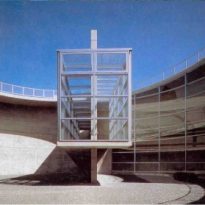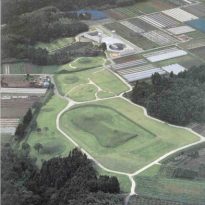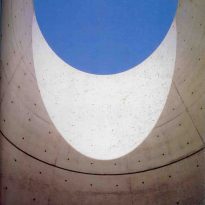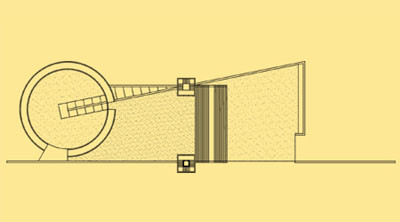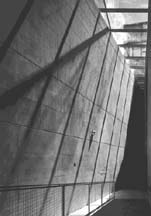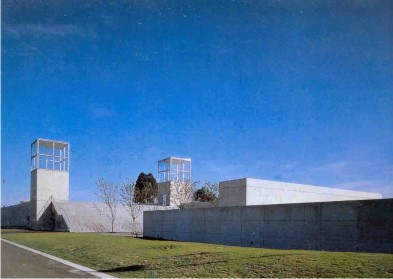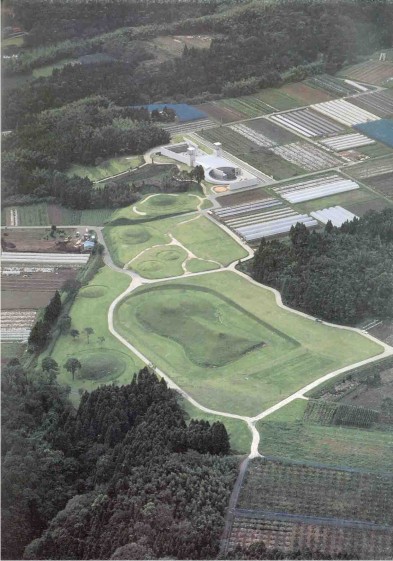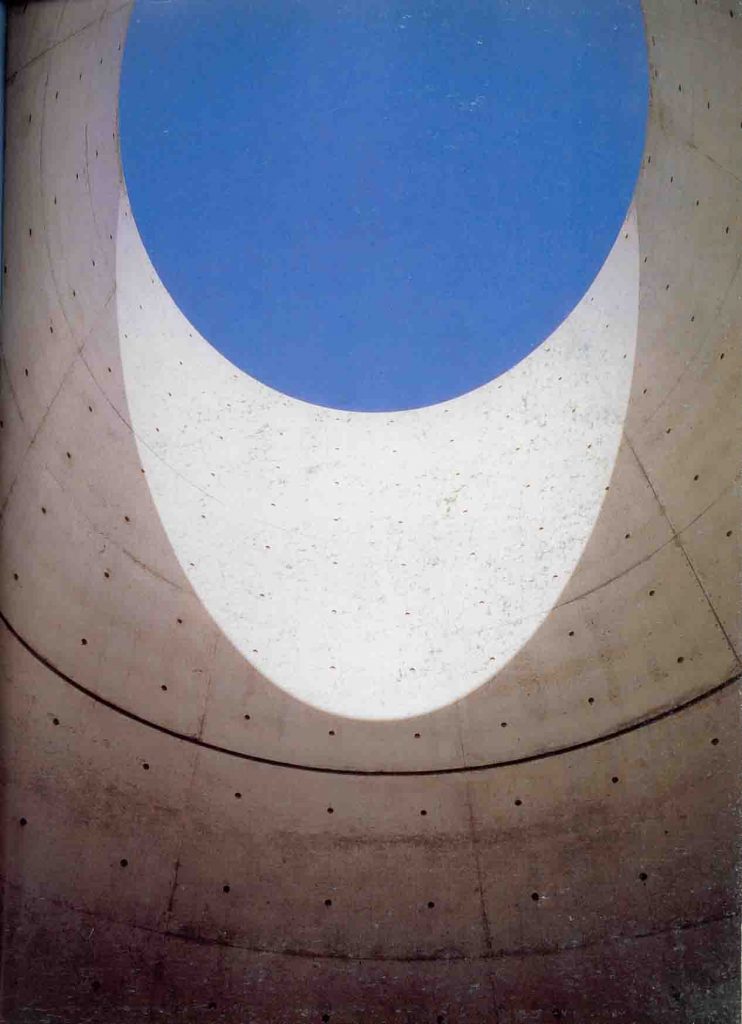Forest of Tombs Museum

Introduction
The Forest of Tombs Museum is a work dedicated to creating a link to the distant past in the history of Japan, in this case with the graves of Iwabari and its cultural riches. Like the Chikatsu-Asuka Historical Museum, the building is closely related to the place where he stands.
Situation
Located in the northern prefecture of Kumamoto on the southern island of Kyushu, between the tombs of Iwabari, cultural heritage of Japan.
Meaning
Located in the midst of the graves is dedicated to the idea of the project is not to interfere or compete with the surroundings. The forms are simple and clean. About half of the total area is built below ground level, which draws the inevitable comparison between the building and the graves. The museum was designed as a platform from which visitors can see the forest of tombs, known as the Futago-Zuka a mound-shaped keyhole that rises about 250 meters away.
Spaces
To access the building, they must pass through a dense forest peatonalmente away from the parking lot.
The building consists of a circular courtyard of 31.6 meters in diameter, a size 26 x 79.2 square meters, and an L-shaped wall that penetrates to the interior courtyard of the circular. A circular ramp accompanied the wall bordering the courtyard, leading visitors to an exhibition that invites reflection and awareness of past and present.
Materials
Once again, Ando used concrete, classic material in his creations, free of ornaments and wall, reflecting the idea of simple, pure and highlighting the location of contrast material.
Structure
Reinforced concrete
